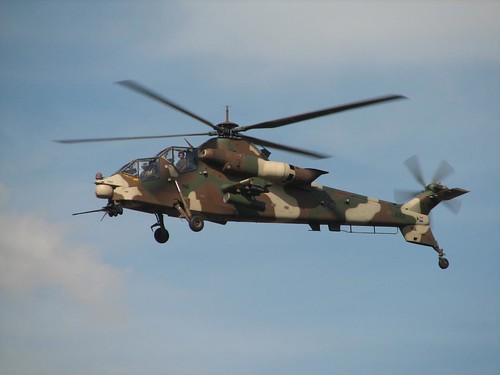Brief Thoughts on South Africa
Will be back home tomorrow AM, at which point I hope to have lots of US domestic policy to talk about at The Agenda, which I’ve neglected this week due to connectivity and travel out-of-itness. Not a good way to build an audience. I’ll do better, comrades.
But for now I’m still fixated on South African puzzles. I’ve followed South African affairs for many years now, yet this is my first trip here, though hopefully not my last. This morning I had the pleasure of meeting a brilliant young political thinker and strategist based in Johannesburg, a friend of a friend. I’d characterize his views as left-libertarian, and though he identifies with the ANC political consensus — he sees a split between the SACP-COSATU hard left and a meliorist mainstream that marries social democratic commitments with a neoliberal approach to the macroeconomic environment — he’s very interested in cultivating alternative political voices in the country, for obvious reasons. Between meeting various worthies under the auspices of this Brand South Africa trip, I’ve been reading the kind of books I normally avoid: doorstop political histories, including the very well-regarded Gevisser biography of Thabo Mbeki, now available in abridged and updated form; and R.W. Johnson’s history of post-apartheid SA, which has added poignancy as I understand Johnson has just narrowly avoided death. Johnson’s perspective is jaundiced at best, and some would call it apocalyptic. I find it a useful corrective, if difficult to square with my impressions and those of Alec Russell, who wrote the more breezy, journalistic account of the Mandela-to-Zuma era that I read on the way here.
Why does South Africa matter? Its Gini coefficient is essentially identical to that of Brazil, so it’s certainly not unique in the challenges it faces. Yet it also reproduces some of the tensions and anxieties of a post-conflict society like Iraq, which I think of as akin to a sprawling inner-city on a national scale devastated by poverty and violent oppression. The Shia majority was so under heel for so long that it bears the marks of serious psychological damage. The same is arguably true of South Africa’s majority. One often hears that whereas Zimbabwean migrants are highly educated and possessed of a cultural self-confidence that I as an American take for granted, there was an intense internalization of the logic of apartheid, of racial inferiority. Unraveling this is a slow process, as the older generation has imbued the post-apartheid generation with this residue of cultural self-doubt. I’m a little wary of this kind of analysis, but it rings true.
Crudely, I guess I think South Africa matters because it strikes me as a microcosm of the world. The awkward co-existence of First and Third World ways of life in a single state is very vivid and immediate here, but of course it exists throughout most of the world. The middle-income countries — the Brazils, the Mexicos, the Egypts, the South Africas — are the future. Everything depends on their getting it right.
Wait a second. Toto’s “Africa” is playing in the lobby right now. This is my favorite song. In light of the setting, this seems like a cannily ironic gesture. My mind is blown.
One community that has flourished in post-apartheid is the Asian minority, which has benefited from its relative privilege, the robustness of Asian civil society institutions, and also the fact that Asians are beneficiaries of racial preferences. Firms that hire Asians are given credit for hiring the underrepresented, a priority under the program of Broad-Based Black Economic Empowerment, yet Asians are arguably overrepresented in many sectors. This will be a tough policy to unravel, not least because Asians were, like members of the Jewish minority, overrepresented in the leadership of the ANC in exile, quite in contrast to the so-called Coloured minority, an incredibly diverse group — some descended from enslaved Malays, some from the Khoisan, virtually all with some degree of European ancestry — that was an artifact of the apartheid state’s peculiar ethnographic logic, yet that has a very vital (and arguably problematic) sense of political identity.
As you can probably tell, I don’t have very systematic thoughts at the moment. The more I learn, the more I have to revise what had been settled views. This isn’t to say that my original assessments have been overturned — in broad outline, I basically believe the same things about the country and its prospects (fairly bright, R.W. Johnson’s brilliant polemics notwithstanding). It’s more in the fine-grained detail.
I haven’t spend much time in middle-income countries. I think it agrees with me. There’s something about the crazy energy of this phase of development, the self-fashioning, the reinvention of nationhood, etc. All gross generalizations, of course.
Also re: South Africa, I wrote a flawed column on what Iran might learn from the South African experience. I have to say, I wish I had more time to reflect on the relevant issues. It was a product of some very lengthy conversations. Those of you who find my neocon commitments distasteful might find it interesting.
I feel really lucky to get to think out loud. Thanks for indulging me, TAS readers.




